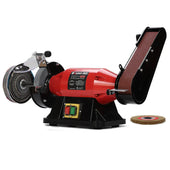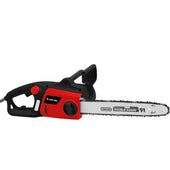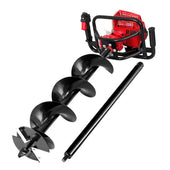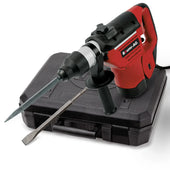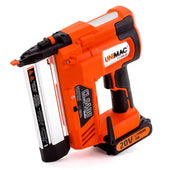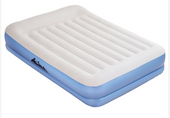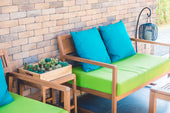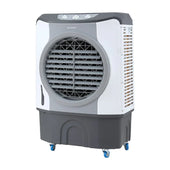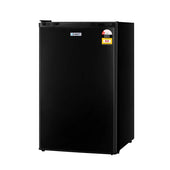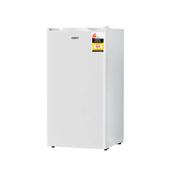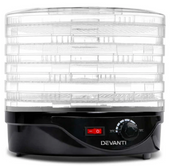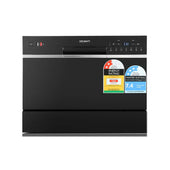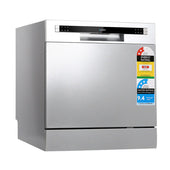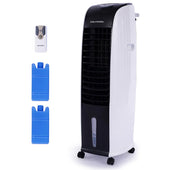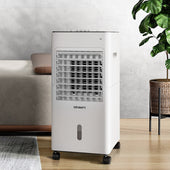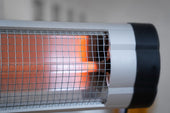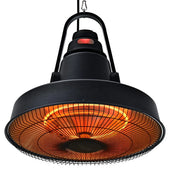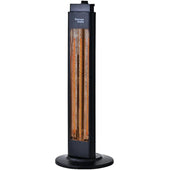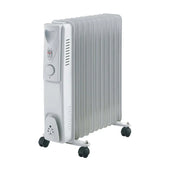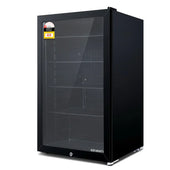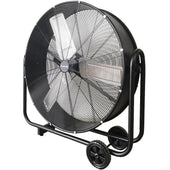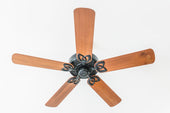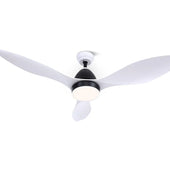Introduction to Raised Garden Beds & Planters
Raised garden beds and planters offer a convenient, aesthetically pleasing, and practical approach to gardening, combining functionality with creativity. Constructed above ground level, they allow gardeners greater control over soil quality, drainage, and pest management. These structures are ideal for growing vegetables, herbs, flowers, and shrubs, enabling optimal plant health and easy accessibility.
Different styles of raised beds include wooden frames, galvanised metal, or stone borders. Planters come in a variety of materials such as terracotta, ceramic, and plastic.
The advantages they provide range from reducing strain on the back during planting to preventing soil erosion and enhancing landscape design. Selecting the right type depends on available space and gardening goals.
Benefits of Raised Garden Beds
Raised garden beds offer several advantages that enhance both gardening efficiency and plant health.
- Improved Soil Quality: Gardeners can customise the soil mix for optimal growth, ensuring better drainage and nutrient content than traditional garden beds.
- Enhanced Accessibility: Elevated designs reduce the need for bending, making gardening more comfortable for people with mobility limitations.
- Pest and Weed Control: Raised beds create a physical barrier, deterring pests like slugs and minimising invasive weeds.
- Extended Growing Seasons: The soil warms faster in raised beds, allowing an earlier start to planting in spring.
- Optimised Space Use: Compact layouts work well for small gardens, maximising productivity.
Materials and Tools You’ll Need
To construct raised garden beds or planters, several key materials and tools are essential.
Materials:
- Timber or boards: Choose rot-resistant wood like cedar, redwood, or untreated pine. Alternatively, use bricks, stone, or recycled materials.
- Soil: High-quality, nutrient-rich garden soil mixed with compost or organic matter.
- Fasteners: Screws, nails, or galvanised brackets to secure the structure.
- Weed barrier fabric: Blocks weed growth and improves drainage within the bed.
- Hardware cloth: Prevents pests like rodents from burrowing into the soil underneath.
Tools:
- Measuring tape: Ensures accurate dimensions for the bed or planter.
- Saw: Cuts wood or other materials to the desired size.
- Drill/driver: Drives screws or creates pilot holes efficiently.
- Shovel: Moves soil or compost into the raised bed.
- Level: Ensures the structure is even and stable.
Having these at hand ensures an efficient and achievable building process.
Step-by-Step Guide to Building a Raised Garden Bed
-
Choose the Location: Identify a sunny, flat area with good drainage. Ensure the spot receives at least 6–8 hours of sunlight daily.
-
Select Materials: Use untreated wood, bricks, or recycled materials. Cedar and redwood are durable and naturally rot-resistant.
-
Determine Bed Size: Decide on dimensions based on the available space. A width of 4 feet ensures easy access from both sides without stepping inside.
-
Prepare the Ground: Remove grass and weeds. Consider placing a weed barrier or landscape fabric at the base for additional protection.
-
Assemble the Frame: Connect the materials at corners using screws or brackets to form a sturdy rectangle.
-
Fill with Soil: Use a quality mix of garden soil, compost, and organic matter. Level and pat down to remove air pockets.
-
Plant & Water: Arrange plants based on growth needs. Water evenly to establish roots.
Creative Ideas for Designing Your Planters
Designing planters can be both functional and decorative. Consider repurposing old items like wooden crates, tin buckets, or even vintage suitcases for an eclectic flair. Opt for geometric or asymmetrical shapes to add a modern touch. Paint your planters in bright, cheerful colours or natural earthy tones to complement the surroundings. Add trellises or climbing frames to vertical planters for a dynamic, layered look. Using contrasting materials like metal and wood creates visual interest. Include drainage holes for practicality and line the interior of unconventional planters with durable material. Integrate these elements thoughtfully to enhance both aesthetics and functionality.
Tips for Maintaining Healthy Soil and Plants
- Test Soil Quality Regularly: Periodic soil testing helps to identify pH levels, nutrient deficiencies, and organic matter content. Use this information to tailor fertilisers and amendments to your soil’s needs.
- Add Organic Matter: Compost, well-aged manure, and leaf mould enrich soil texture, retain moisture, and improve its fertility.
- Rotate Crops and Diversify Plants: Prevent nutrient depletion and soil-borne diseases by alternating plant types annually.
- Use Mulch: Organic mulch, such as straw or wood chips, prevents water evaporation, suppresses weeds, and regulates soil temperature.
- Water Smartly: Deep, infrequent watering promotes deep root growth, reducing plant vulnerability to drought.
Maintaining these practices sustains long-term productivity.
Common Mistakes to Avoid
- Improper Site Selection: Choosing a location with poor sunlight or inadequate drainage can hinder plant growth. Always assess the site for at least six to eight hours of sunlight daily.
- Using Untreated Wood Without Precaution: While untreated wood is eco-friendly, it is prone to rot. Failure to line it with a protective material can shorten the lifespan of the beds.
- Filling with Inappropriate Soil: Regular garden soil may compact, choking roots. Opt for a well-aerated mix of topsoil, compost, and organic matter.
- Overloading with Plants: Excessive planting can lead to overcrowding and reduced air circulation. Stick to proper spacing guidelines for healthy growth.
- Neglecting Watering Needs: Raised beds dry out faster. Forgetting regular watering jeopardises plant health. Consider using a drip irrigation system if possible.
Conclusion and Next Steps
To maximise the benefits of raised garden beds and planters, planners might evaluate the current garden layout and soil conditions, ensuring they align with crop needs. Invest time in selecting materials that balance longevity with sustainability, such as untreated lumber or recycled materials. For newcomers, starting with smaller beds helps to build confidence and skill gradually.
Research companion planting strategies to optimise space and minimise pests. Regular maintenance, including proper watering and mulching, can extend the lifespan of the structures. As seasons change, consider crop rotation and soil amendments to maintain productivity. Future plans could involve expanding bed dimensions or experimenting with vertical gardens.



